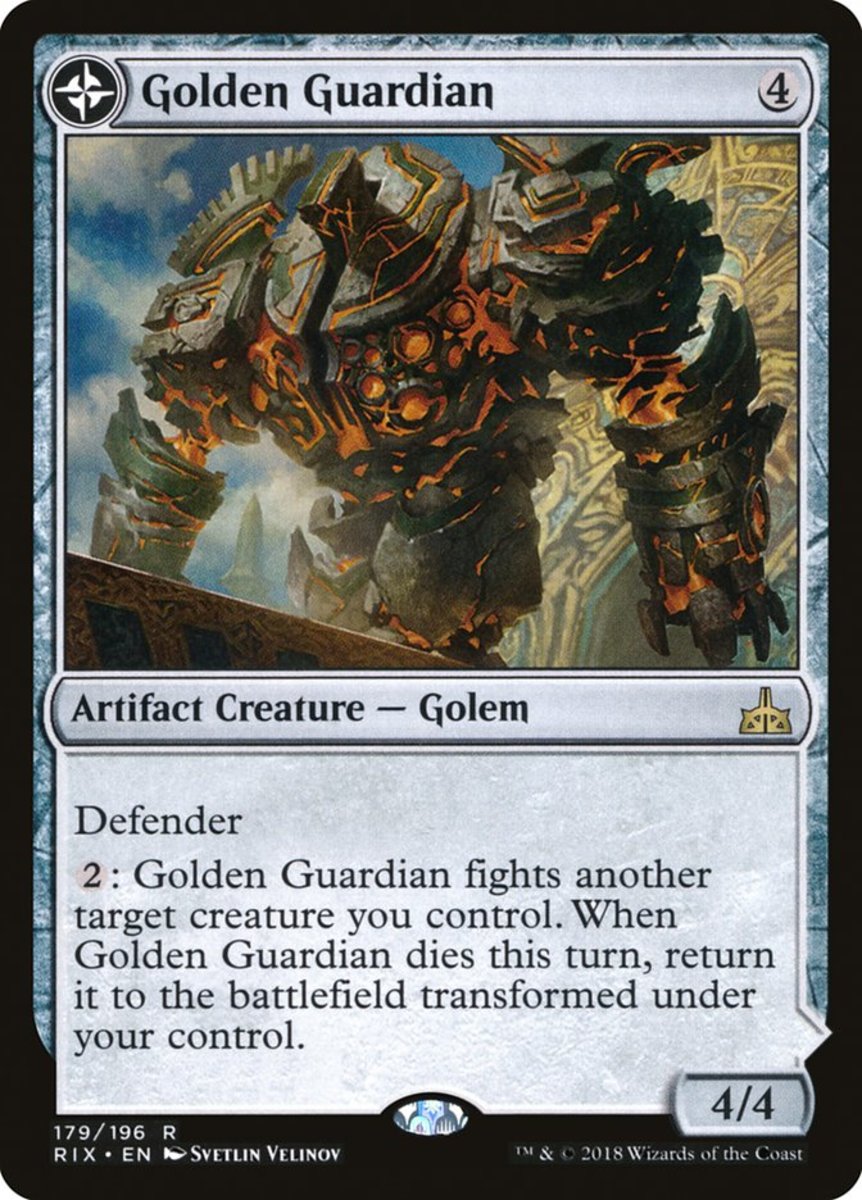Teen Talk: "So...Your Teen Just Said They Hate You...
Teen Talk - Live
Chris is taking “Teen Talk” on the road. If you are a member of a parent group or responsible for finding engaging speakers for student or youth groups, please contact Chris at www.chrislincoln-speaker.com

I Hate You...
At some point in your interactions with your teenage child, the H-Bomb of statements will be dropped on you. Said with venom that shocks, complete with ire and bile flying, is the statement, “I hate you!”
It wounds to the core, as all you do for the ungrateful child flashes before your eyes. Memories of long and painful childbirth, thousands of diapers, the nights of worry over fevers, the endless drudgery of keeping house, the work you hate doing but tolerate for your child, the list is almost endless. This is the repayment for all your sacrifice?
The unfairness of it all can be debilitating, as what you probably consider the most important thing you do, raising your family, is valued, at that moment, as precisely nothing. It is not too strong to suggest that your very reason for living has been questioned. Your self-esteem implodes. You react with hurt, or anger, or both, and you wonder how you can move on from this point.
Think “Baby Rattlesnake”.
Mature rattlesnakes have the ability to inject just the right amount of venom into prey when they strike. The larger the animal, the greater control over the amount of venom injected. This is important as the venom remains in the prey after death, and the snake has to metabolize the poisons when it eats the prey. Older rattlesnakes can still moderate the amount of venom when startled into striking, which demonstrates a remarkable level of control in an automatic defensive response.
Baby rattlesnakes have no such control. They strike and inject with everything they have, which is considerable: maximum venom, minimum concern for the consequences. In part, this is a fear response. They are small and would make a good meal for raptors. They are at greater risk than the mature adult.
The parallels are remarkably close. The teen has very little control over much of their environment. They are not able to function independently, though their brain desires independence. They become ultra defensive of their perceived personhood, and any interference is attacked automatically.
They strike with words for the most part. There are sad examples where the teens use physical violence against a parent, but normally words would be the weapon of choice. With all sense of control gone, the words used are designed to strike hard, in effect, to kill the argument. There are no steps or stages. The automatic response is to use the most hurtful, most wounding words to hand.
There is absolutely no thought as to how you would feel at that time. Even if the child is aware of the sacrifice and effort you put in, which is unlikely, they could not control the response. This is the ultimate knee-jerk reaction to a perceived threat. The ‘threat’ may be something as simple as reminding them of their obligations to the family. But anything, tidying their room, doing their homework, not going out dressed like that, is perceived as a threat to their ‘freedom’. It is another person’s will superceding their will, and independence is, to a large extent, the application of an individual’s will.
You get a glimpse of this in the aftermath. If the adult can remain in control (I suggest saying nothing in moments like this, if you can), the onus is on the teen to find a way to return to the family. I’ve talked about using a reset button in earlier hubs, but after “I hate you,” additional time is needed.
If the teen stomps off to their lair, (their room, or a friends house,) the much needed space and time are created. They need to lick their wounds (remember at this time they see themselves as the victim in their egocentric universe) and let the shock wear off.
You need to find a place to calm down and wait for the inevitable response. Your child may not be able to say sorry, but once the adrenaline subsides, that is what they want to do. They may have to pretend that the event didn’t happen, in order to reinsert themselves back into the regular flow of the household. They may simply respond by saying nothing, but just physically come into your ‘space’ (often the kitchen for women, the garage for guys), and watch you like a hawk. They are trying to read you, looking for a way back ‘home’.
As the adult, you should take the lead, even if the hurt is still fresh. They probably want to tell you that they love you, or that they are sorry, or that they want to move on. Being the strange creatures that they are, they think that pouting or acting moody will help them do this, counterintuitive as that might seem, but how they react will depend on their individual personalities.
They will all be aware that they crossed a line. Some will be concerned that you no longer love them, a genuine fear of teens, as they vacillate between loving and hating themselves. They don’t know if there is a way back, this is unexplored territory for them. Once again, as the adult you make the sacrifice (even though the teen thinks that the sacrifice is theirs), and rebuild domestic harmony.
Will they ever know how much they hurt you? Probably not, or at least not until they are the adult and it happens to them. Hopefully, they will know about the baby rattlesnake analogy.








